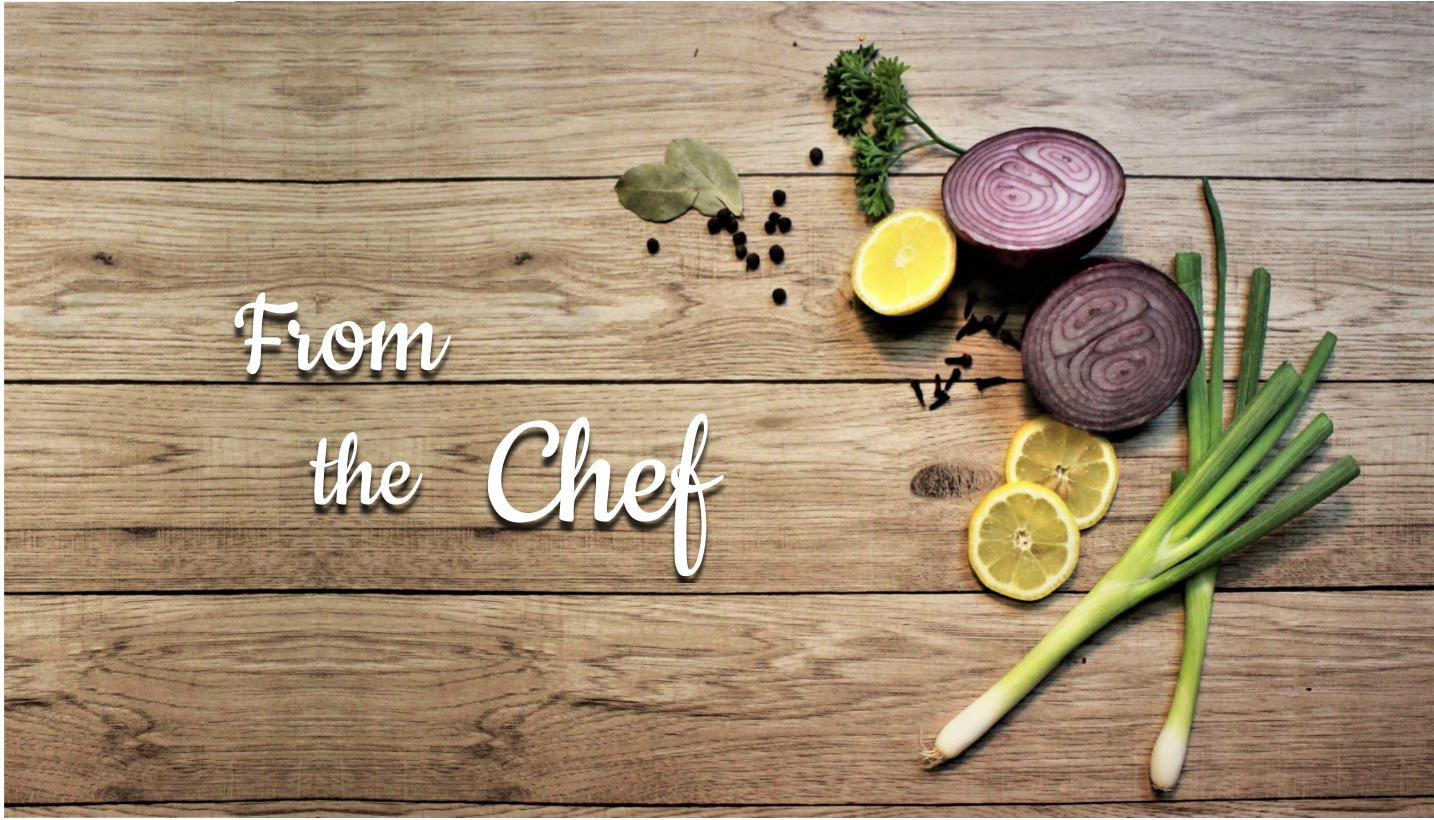However basic the idea of a soup may be, there are so many ways to create bold, new and delicious flavors in each pot. Whether you could use a crash-course or brush-up on your soup making skills, below are some basic steps, along with some time-saving tips, all about how to make a good, hearty soup, from scratch. I hope this is helpful – and Happy Cooking!
Soups:
By Definition:
Soups are a savory broth with the addition of vegetables, flavorings, and/or thickening agents. They may have other components, such as: rice, grains, noodles, legumes, or dumplings. They can also be blended, creating what is known as a bisque.
Stews are unique in that they are made with larger-cut vegetables and meat, and are cooked on low heat for longer periods of time.
Chowders are said to be named for the French kettle they were first made in, the Chaudière. It is not uncommon for any thick, chunky soup to be called chowder (cream or not), as long as it contains potatoes.
The Ingredients:
Mirepoix (MEER-pwah) is the basic vegetable blend used for most all stocks and soups.
Mirepoix consists of: 1 part carrot, 1 part celery, and 2 parts onion
“White mirepoix” is the same thing, but parsnips are substituted for the carrots so that no color is added to the dish
Aromatics are ingredients and seasonings used to enhance the flavors of your soup. These include, (but are certainly not limited to):
- Garlic/leeks/shallots
- Mushrooms, celeriac, fennel, all vegetables!
- Tomatoes, fresh or canned;
- Tomato paste, tomato sauce, or V8 juice
- Herbs, dried or fresh
- Spices: get creative and be bold!
- Lemon or other citrus
- Miso paste, tamari or soy sauce
- Wine! Wine not? Or vinegar
- Sesame oil, walnut oil, or other oil
- Cheese, cream, or other dairy
The Basic Method:
- Always use a well-made pot that is heavy-bottomed, and at least twice the size of your recipe.
- While your pot is slowly heating: wash, peel, and chop all your vegetables. Everything should be cut to a size that is relative to different cooking times of your soup or stew (about 1-2” dice for 2+ hours, smaller diced for 1 hour or less). You can cut the potatoes after everything has started to cook, since you will add those last.
- Add all ingredients together and simmer in water or stock (see step 5);
-or-
Saute ingredients together first in butter or oil before adding liquid, to create a deeper flavor
- Season (and salt) your soup while it’s cooking, not just at the end. Be bold with your herbs and spices or you might be surprised at how much salt you end up wanting to use.
- Add potatoes and quick-cooking vegetables in the last 15 minutes of cooking so they don’t overcook. This is also when you can add your cooked meat, if using, or any rice or noodles. Always add cream/dairy products after your soup is done simmering or it may curdle.
Thickening a Soup:
If you want to thicken your soup, you would usually do this when your vegetables are mostly done cooking. Choose the method that best suits your recipe or dietary needs:
Roux (ROO) – Roux is an equal-part mixture of butter and flour that is whisked into a soup as it simmers. It should be simmered for about 20 minutes for it to fully thicken and “cook out” any raw flour taste. The result is a rich soup, with a velvety texture. Toasting the roux in a separate pan beforehand can give it a nuttier taste, but a “darker” roux will have less thickening power. This is because the starches in the flour are eventually cooked out that would normally gelatinize in the soup.
Singer Method (sahn-JHAY) – This is the process of making a roux directly in your pan; you first sauté your vegetables in a stock pot with a few extra tablespoons of butter. Then sprinkle/stir in your flour directly onto the vegetables, to create a roux. You can then add in your liquid, whisking in small amounts at a time, to easily control the thickness of your soup.
Puree – Blending the ingredients of your soup in a blender will produce a nice bisque – strained or unstrained, with or without the addition of cream.
Lentils, legumes, barley, rice, tortillas, grains – All of these different starchy products will eventually break down through simmering, and add body and richness to your soup.
Powder Starches – Tapioca, cornstarch, arrow-root – these are a great gluten-free thickening alternative that won’t alter the flavor of your soup very much. The result is a thicker but less heavy, somewhat glossy broth.
Cream, Sour Cream or Coconut Cream– A good spoonful of sour cream, heavy cream, or coconut cream will lend a nice richness and thickness to your soup. Add your dairy product after simmering, right before serving; otherwise it may curdle.
Proper Cooling Procedures
It is important to cool your soups and stock as quickly as possible, to avoid any possible bacterial growth. This can easily be done by placing the hot pot in an ice bath in your kitchen sink; or, transfer the soup into a few shallow dishes or pans to allow faster cooling through a larger surface area. Stir often to circulate the temperature, then store as desired.

